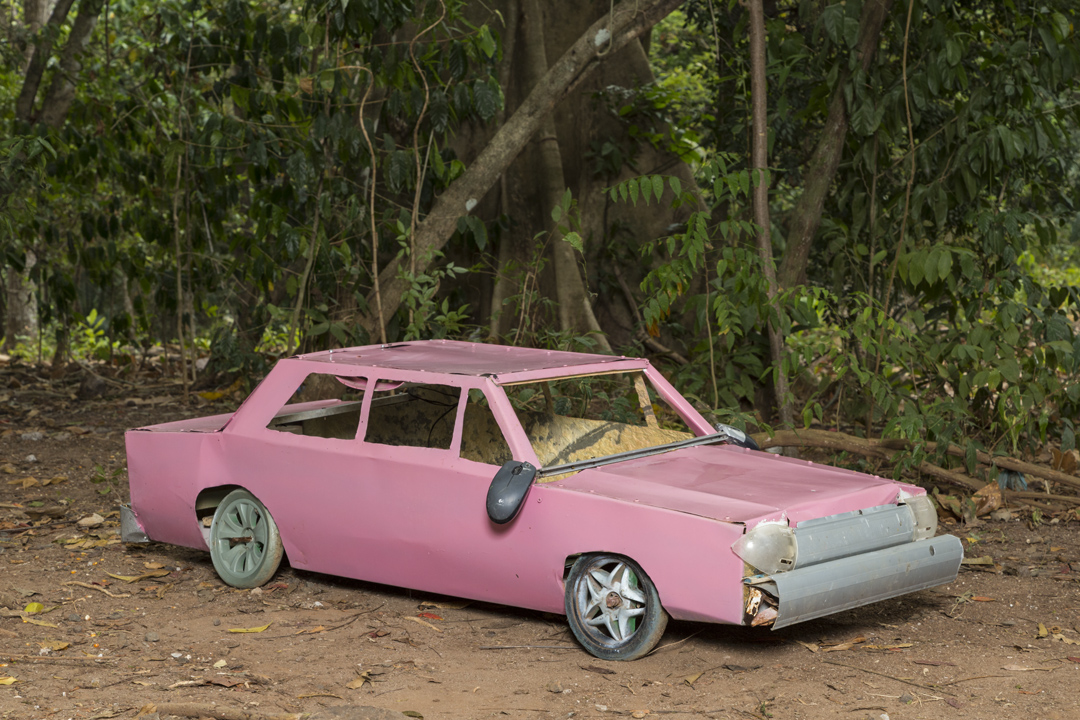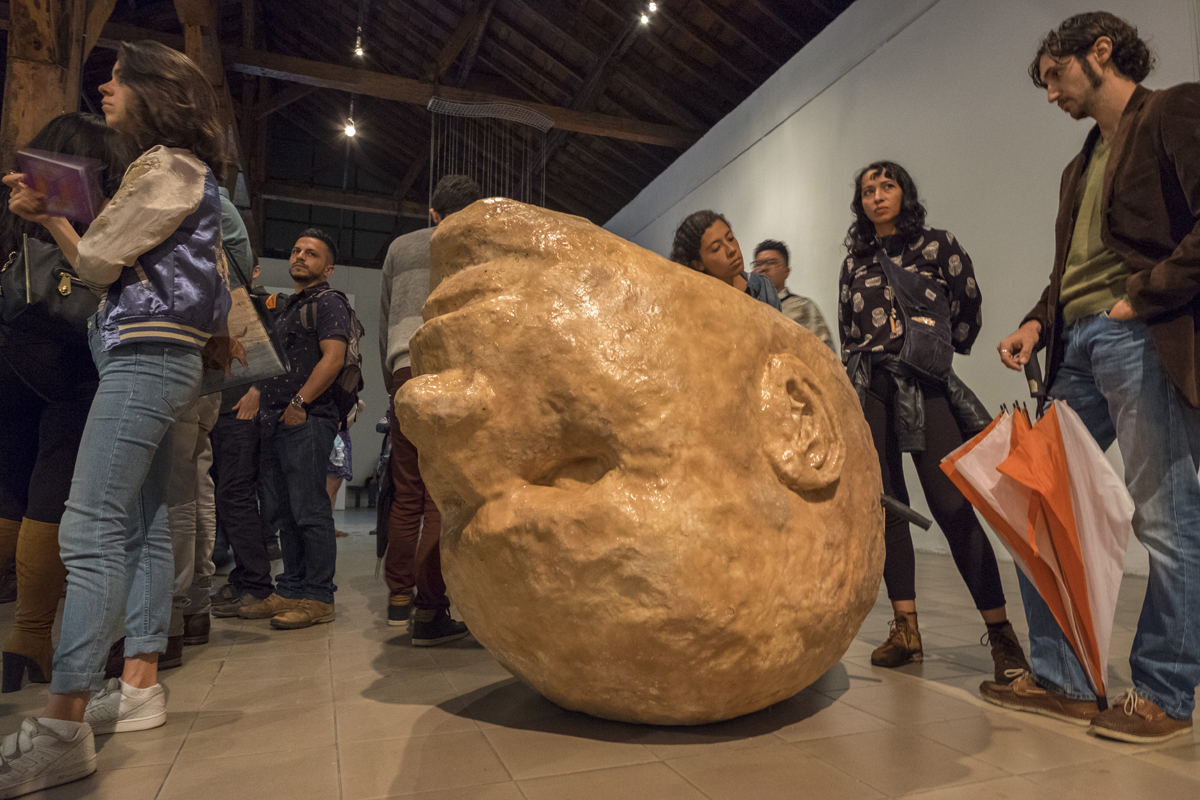The Museum and the Classroom: Spaces for Experimentation and Liberating Practices
11/17/2023
Curator, researcher and teacher, Elena Ketelsen González (San José, Costa Rica, 1990) has focused her interests on trans-border spaces and Latinxs communities in the United States, promoting bilingual mediation programs in museums, and collaborative projects with artists and communities.
She was the founder of La Salita, a curatorial project dedicated to researching Latin American artists working from Latin America, the Caribbean, and their diasporas. She is currently an associate curator at MoMA PS1.
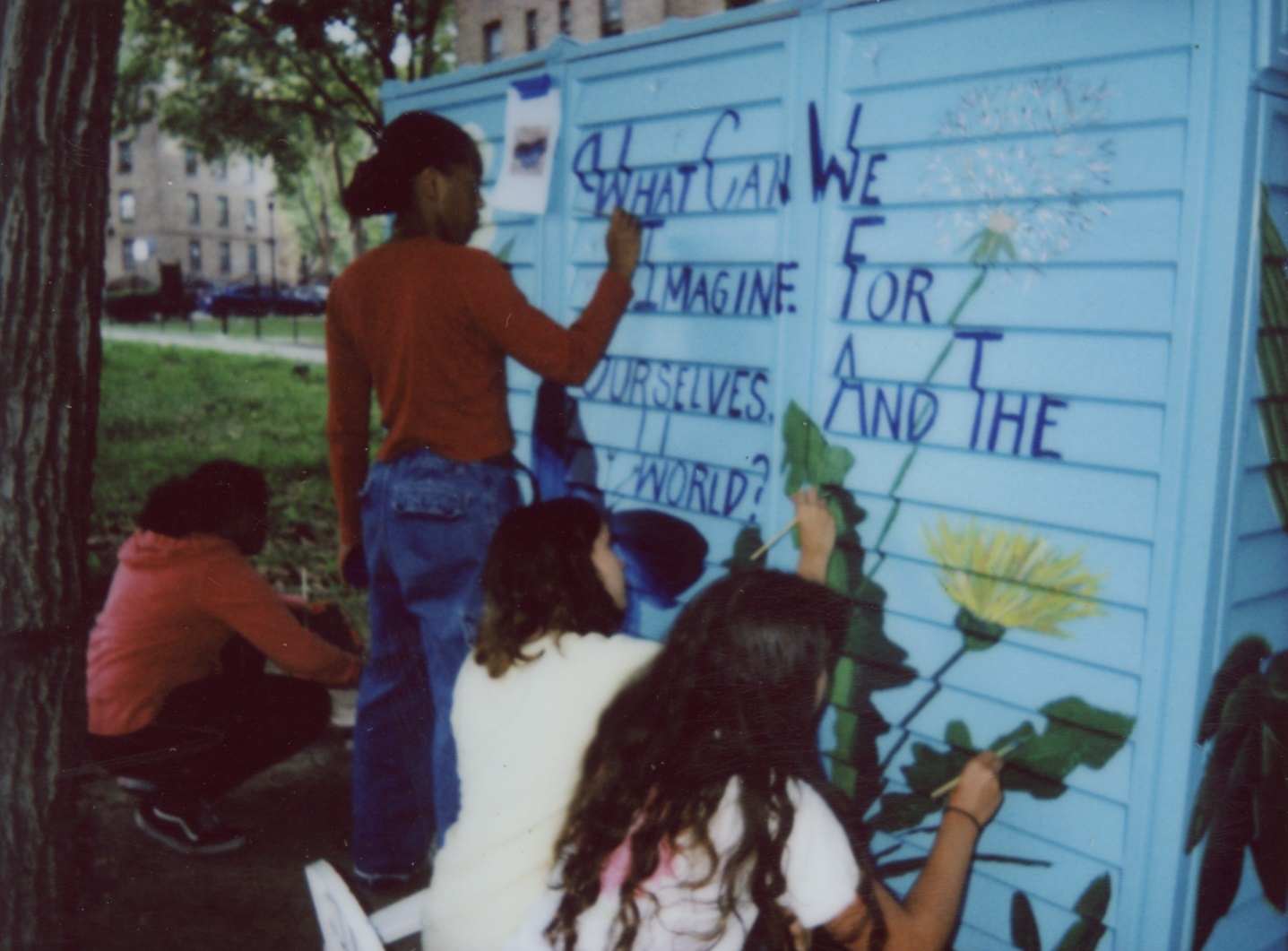
Education
Training
I came to curating after having been a public school teacher in New York for four years, although it was in college that I started thinking about museums and institutions as places where I could work. During my undergraduate studies, I worked at my university's gallery and it was there that I fell in love with everything from mounting exhibitions, writing texts, and working with artists. My studies were in philosophy, with a focus on critical theory. Working with students in New York I realized that the classroom and the museum had a lot in common and that both could be liberating spaces.
After becoming a teacher, I worked freelance for a couple of years in various museums, until I arrived at the Whitney Museum, where I worked in education focusing on bilingual strategies and established a program called 'Tours for migrant families.' At the same time, I felt that within the discourse of "American art," artists who inhabited trans-border spaces, like myself, growing up between Costa Rica and California, were left out. I wanted to form a space where we could freely be ourselves, theorize our own practices, and not have to code-switch.
Thus was born La Salita, an exhibition and program space in my apartment. We did several exhibitions, programs, and of course, some perreos as well. Now I work as an assistant curator at MoMA PS1 and I bring everything I have learned in those spaces to my current work, also thinking about how PS1—a contemporary museum located in a former school building—can also be a space for experimentation and liberating practices.
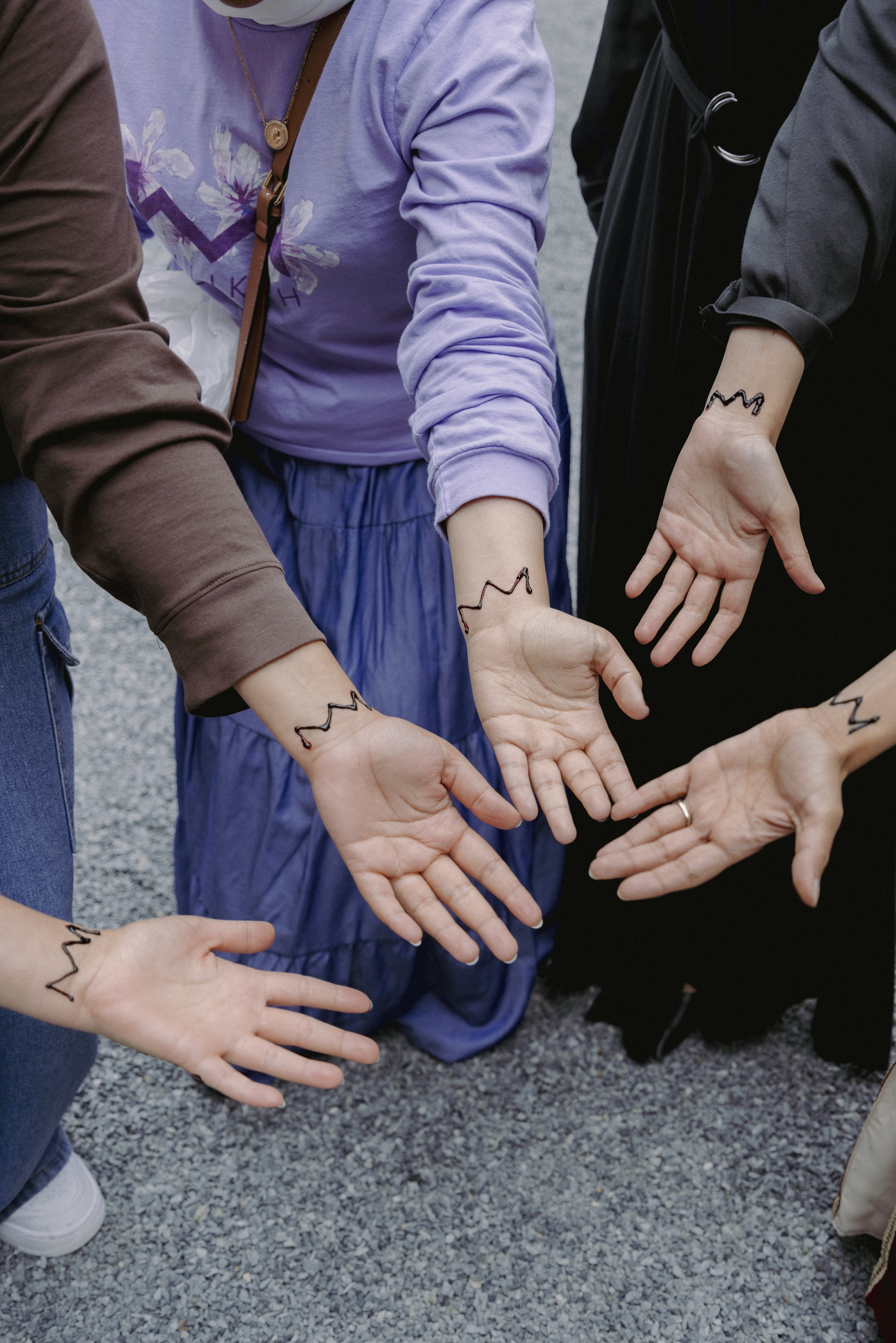
Teaching
The strategies I use most as a curator I would never have learned in a formal curatorial program. As a teacher, I really learned what it was like to collaborate with students, colleagues, families, and other organizations. It was also in that space that I understood the value of my experience as a migrant and as someone who comes from a working-class background. Suddenly, all those hours I spent translating documents for my mom as a child and learning about labor and socio-political struggles with my dad became accomplishments and a key part of my professional formation. During those years in the classroom, I learned a lot about intersectional practices and how through pedagogy one could transform political and material realities.
As I began working in museums in NYC, I quickly saw that the educational models they used were very close to what Paulo Freire called the "banking method." Students, especially migrant, or poor, or non-white students, came to the museum to be educated in the Western canon, and to leave the museum more "civilized" than they entered. They took tours or workshops that had specific objectives and did not take into account their experiences or what the students could teach the institution. The goal was always to transform the students, when what I wanted was to transform the institution.
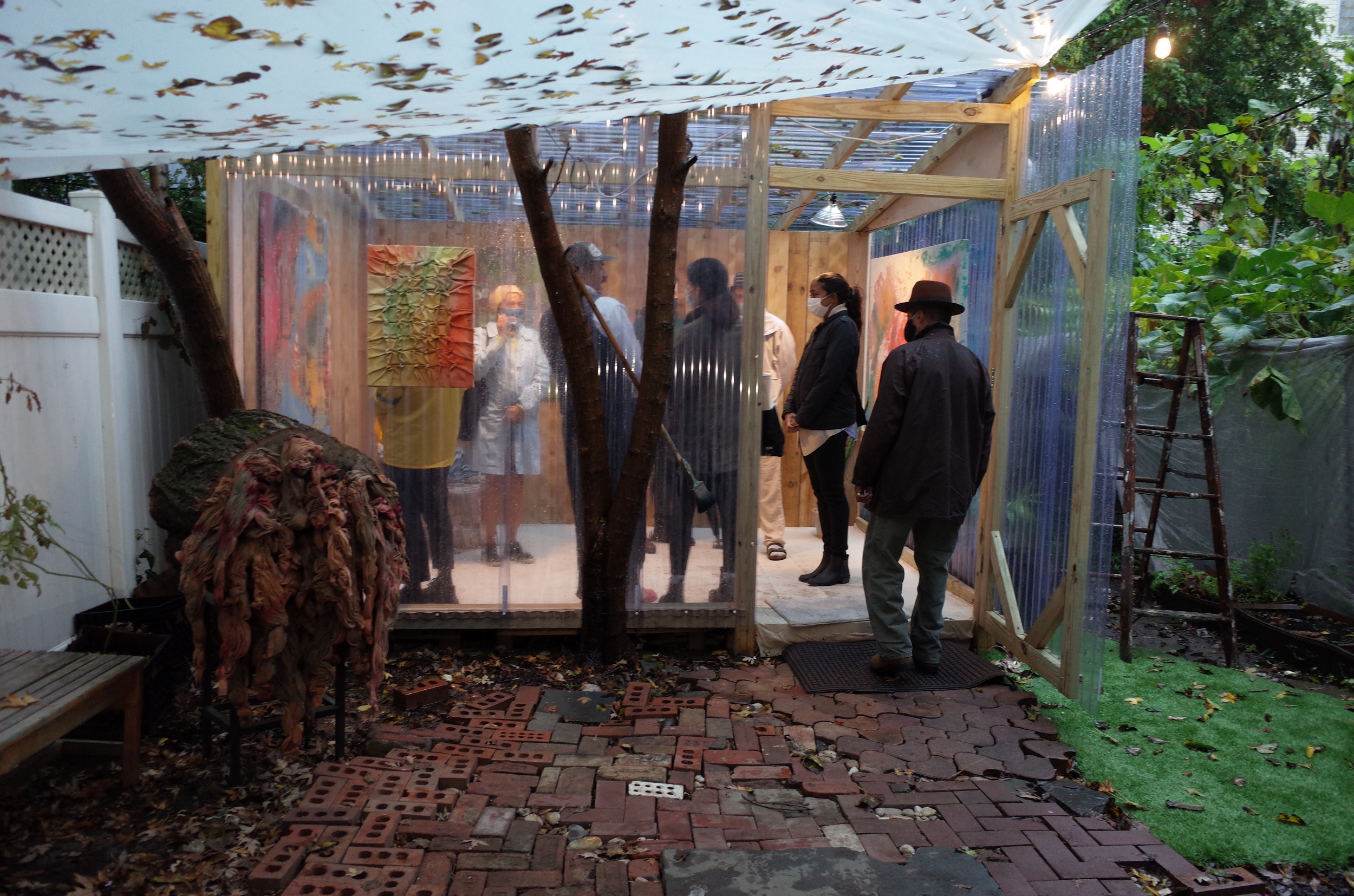


Now at PS1 I manage a community space called Homeroom where I collaborate with artists, activists, and organizations to make projects that they propose. In that space, my curatorial role is more one of establishing links and helping them to realize their ideas, understanding how the institution can use and subvert its resources and scope to achieve projects that would not be possible without that infrastructure. It is often a practice more of unlearning than learning, and that process ends up being as much a part of the work as the final exhibition.
Learning
Overall, I think everything I experienced growing up between Costa Rica and California has impacted me tremendously and has helped me understand the nuances that inform my curatorial practice. Working from the United States I have noticed that there is an insistence on forming categories and implementing very binary thinking within institutions. For example, the discourse of the "Global South" and the "Global North" is very much in vogue now, but those of us who grew up affected by the politics and oligarchies of our home countries, only to suffer those same dynamics and consequences in the United States, know that those divisions do not exist. The perfect enemy does not exist. We recently invited Bolivian-Aymara sociologist Silvia Rivera Cusicanqui to MoMA PS1, and at the end of her talk she commented, "we are in the process of building post-national, feminist, transgender, trans-identitarian alliances." That cross-border and intersectional discourse is one that encourages me a lot, and that is the space I wish to inhabit with my work.
Processes
Beginnings
Generally speaking, many of my projects emerge from relationships and connections that start very organically and are long-term. Some of the organizations I work with I've known since I was a professor in New York, such as Make the Road, a migrant justice organization. I worked with them as a teacher when my students needed legal services, then again at the Whitney when I was doing Spanish tours, and now at PS1 where we did an exhibition together with Nuevayorkinos [New Yorkers], a digital archive created by Djali Brown-Cepeda and Ricardo Castañeda. Now I continue to collaborate with Make the Road and its members always come to the museum to see exhibitions, have meetings, or just share.
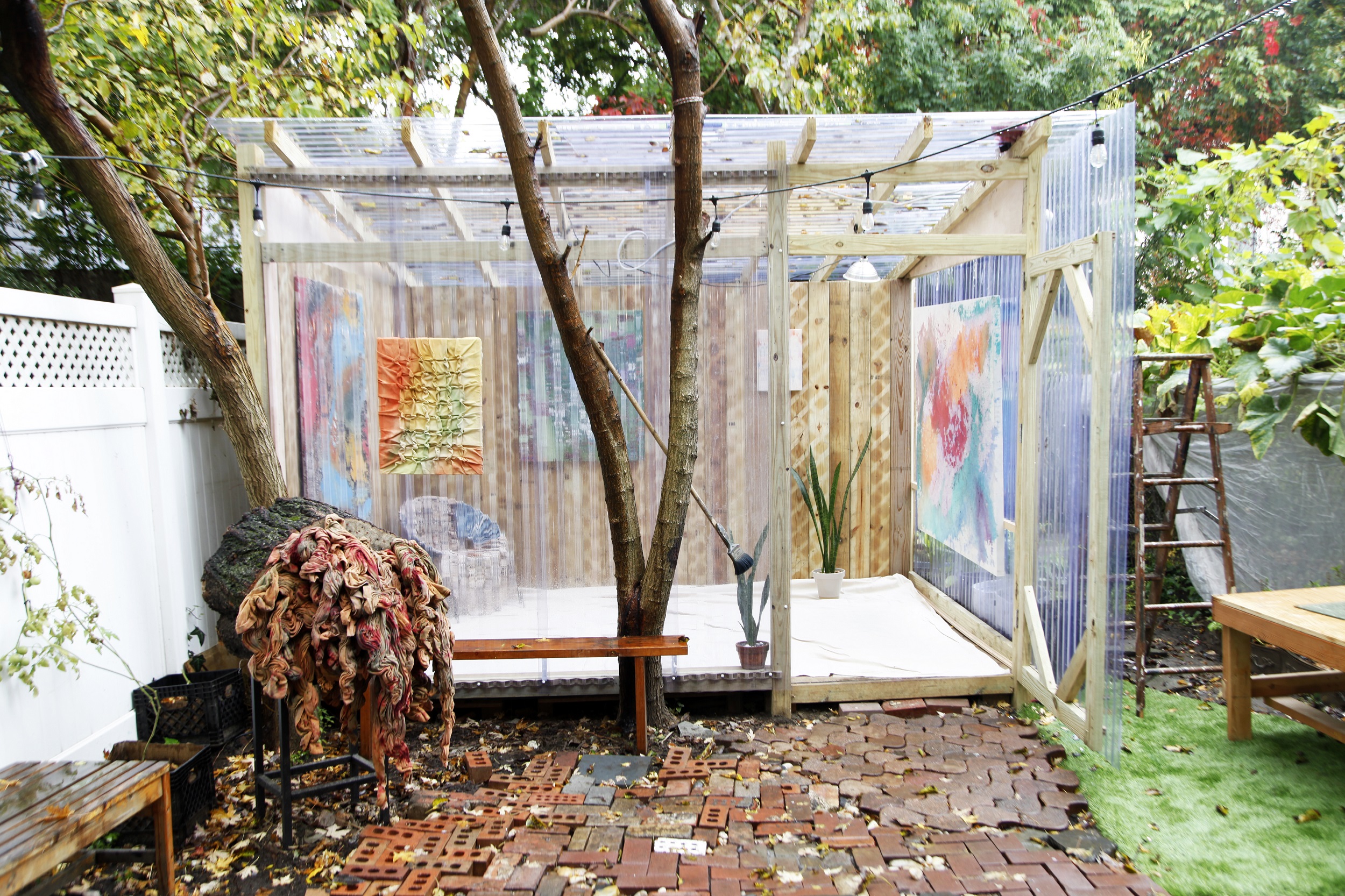
The same goes for solo exhibitions. Throughout my career, I have met many artists living in New York, through the La Salita community, and also on research trips. When working with an artist I think a lot about why: what is this artist saying with their work and why is it important at this time? I also always think a lot about the context of PS1, both the architectural space and the institutional history and exhibitions that have taken place in the museum. For example, right now I'm working with Leslie Martinez, and I'm thinking a lot about her work within a lineage of painting that has been shown at PS1. Then the context of Queens is always very present, a place where more than 400 languages are spoken and there are migrants from all over the world; in addition to being an originally Canarsie territory that was occupied, industrialized, and then gentrified. It's important for me to understand all these contexts and think about how to present the work within them. It's not necessarily about responding to these contexts, but understanding what are the conversations that can emerge through them, and how to present them to the audience.
Questions
At first, I was very afraid of making mistakes, because I felt that I had to always move with total certainty. Now I understand that doubt and error are very profitable parts of my curatorial process, especially in the United States, where the act of doubting is important, because it goes against the hegemonic discourses of art history in this country, where from that certainty fabricated by a capitalist, nationalist and patriarchal gaze many have been left out. By doubting and questioning we can develop new methodologies capable of embracing many more.
A very referential text for me on these processes has been Gestionar la duda: ensayos sobre una ficción operativa (2022), published by María Paola Malavasi Lachner, Daniela Morales Lisac and Paula Piedra with TEOR/éTica. It is a book that dialogues with Virginia Pérez-Ratton and her questioning of Central America as a region—an operative fiction—that can be defined more by intuition and doubt than by borders or a homogeneous definition of the region and its practices. In the end, it raises more doubts and questions than answers, and from there emerge very rich and wide-ranging discourses.
Dialogues
All my projects are very collaborative, and there are people involved from the beginning of an idea to the end. I have mentors, colleagues and friends with whom I can discuss ideas, and that process of thinking and rethinking can take several months or years, depending on the project. In terms of the curatorial process, I have adopted abolitionist processes to collaborate and seek consensus with the artists, activists, and organizations I work with. Especially when working with collectives, it is paramount that there are several moments of connection, whether in person, via Zoom, or even in WhatsApp groups. Those conversations are constant and there is a lot of communication. I also really appreciate the informal moments, where we share a coffee or lunch. It's easy to get lost in logistics and production and forget that we are people sharing ideas and desires; there's a lot of vulnerability in that and it's important to slow down.
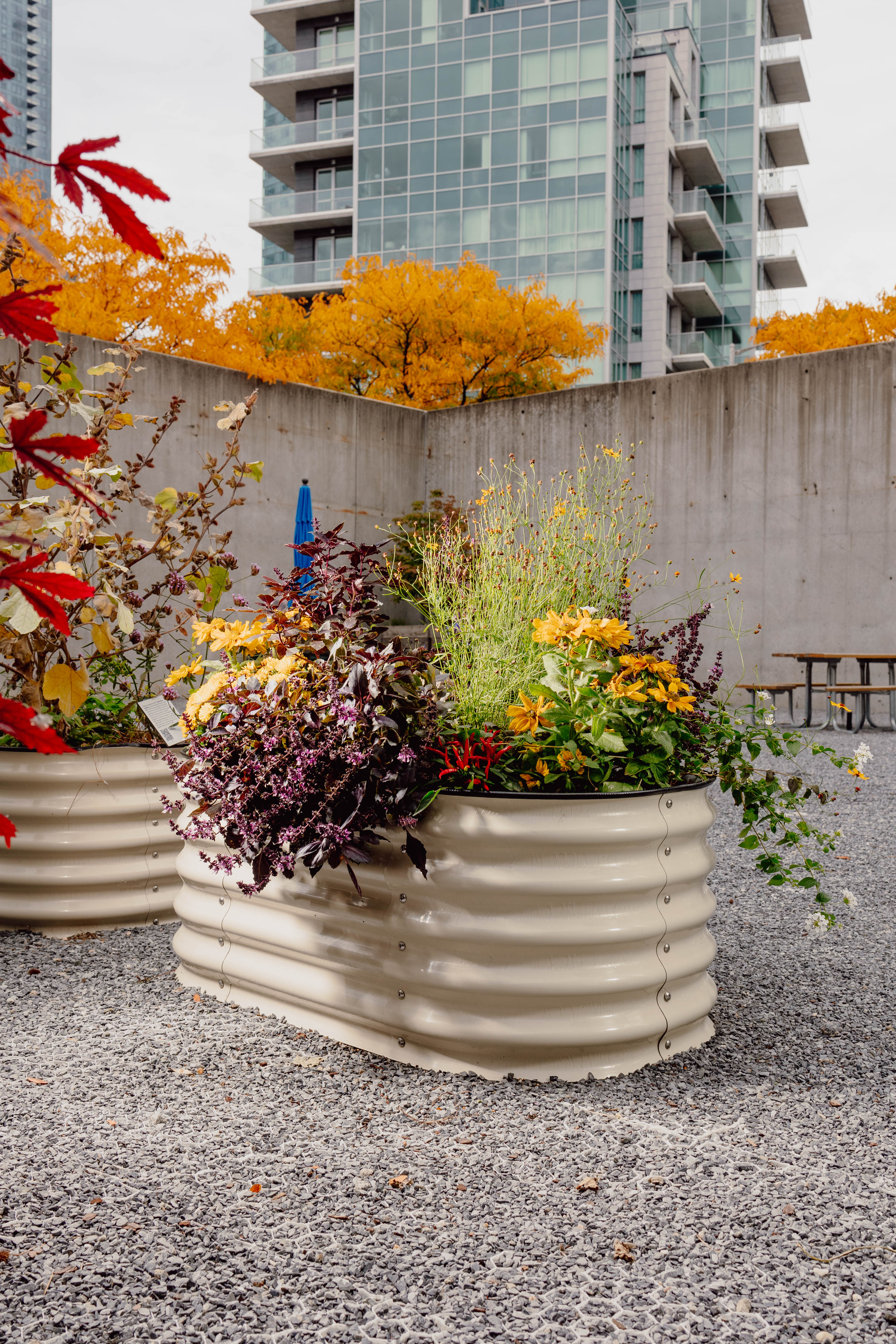
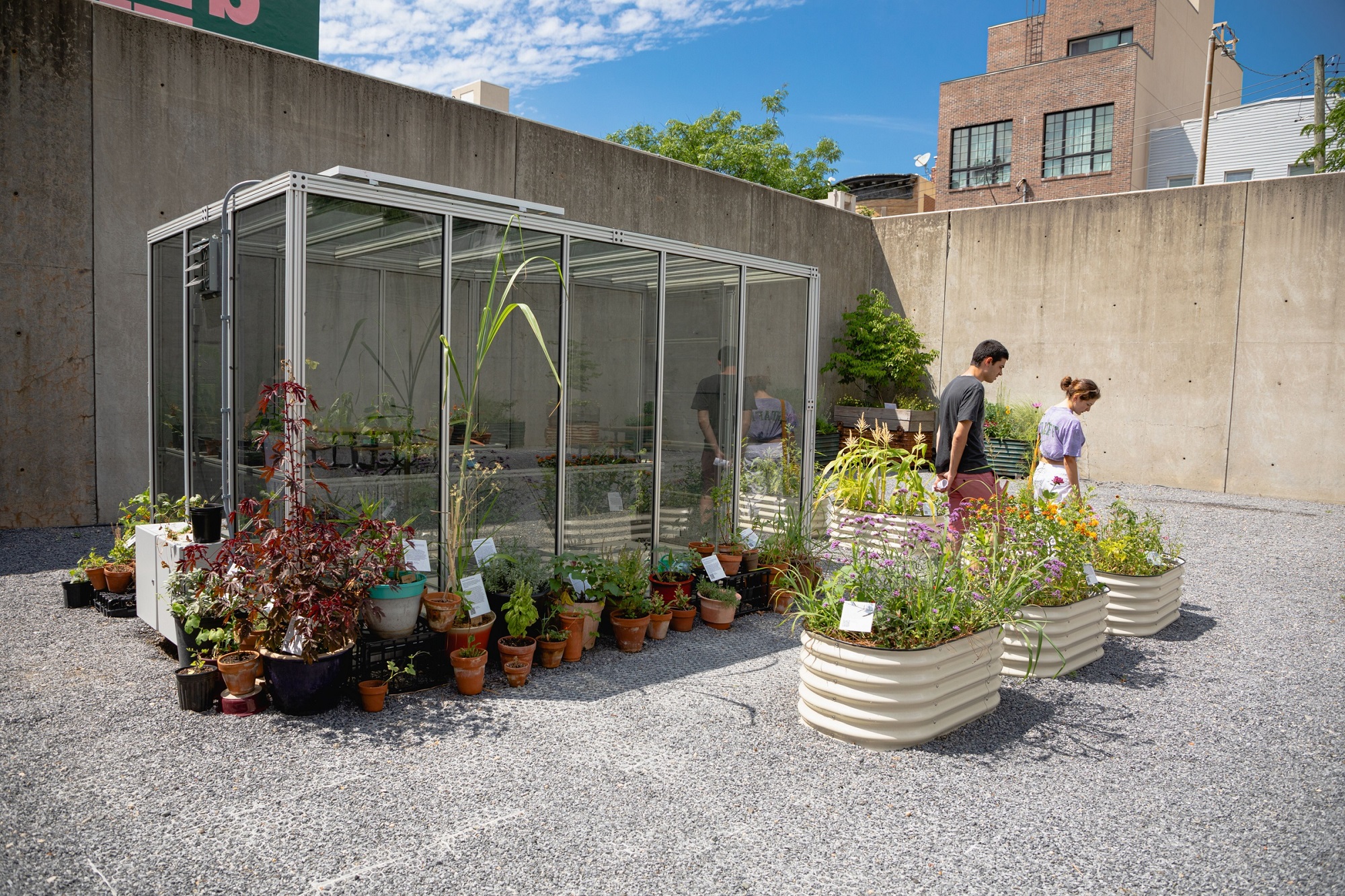
Projects
I have several projects that I am handling at the same time. In November I will be opening a solo show at MoMA PS1 with Leslie Martinez. This exhibition is very important to me because we are living in a highly politicized moment in the United States, where society and its institutions feel increasingly conservative, and in states like Florida, Texas, and more, fascist legislation is gaining favor. Leslie embraces all of this through abstraction, which is a powerful gesture in the face of these rhetorics that seek to flatten existences under easy-to-understand terms, categories, or images. I'm thinking a lot about how abstraction can be a way to reject these essentialist and reductivist discourses, and the need to feel joy and create alternate futures together.
